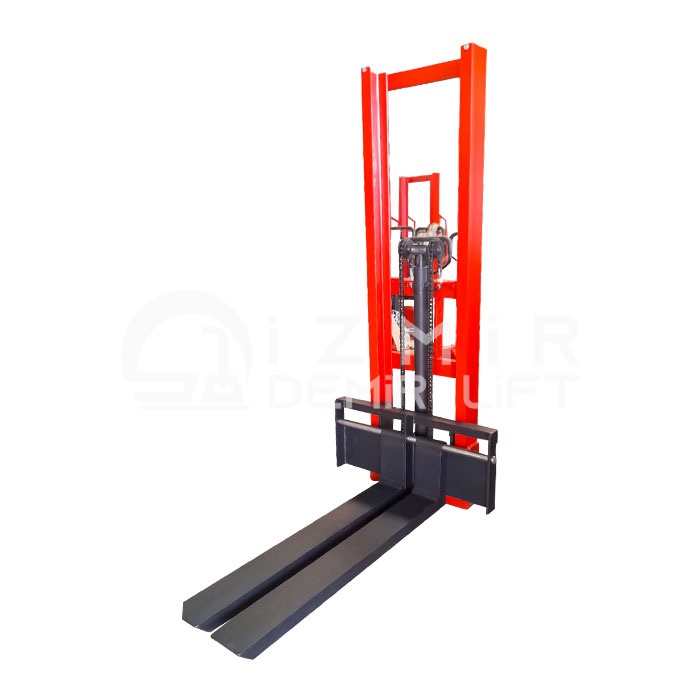
Today, businesses adopt data-driven decision-making processes and these processes play an important role in their operational strategies. Data-driven decision-making processes in stacking machines and warehouse operations also provide efficiency, productivity and competitive advantage in warehouse management. Data provides important information at every stage of warehouse operations, allowing businesses to make accurate and informed decisions. Here are some points you need to know about the importance and benefits of data-driven decision-making processes in stacking machines and warehouse operations:
Performance Monitoring and Evaluation: Data-driven decision-making processes in stacking machines and warehouse operations provide a great advantage in performance monitoring and evaluation. Businesses can track the performance of warehouse operations, evaluate efficiency levels and identify areas for improvement using data obtained from stacking machines and other warehouse equipment. By using data analytics tools and visualization techniques, businesses can better understand operational data and base their decisions on this data.
Inventory Management and Demand Forecasting: Data-driven decision-making processes in stacking machines and warehouse operations play an important role in inventory management and demand forecasting. Businesses can predict future demands by evaluating factors such as sales data, consumption trends, and seasonal changes and adjust stock levels accordingly. In this way, stock holding costs decrease, customer satisfaction and order fulfillment speed increase. In addition, improvements can be made in processes such as stock rotation, product tracking, and inventory management using data analytics.
Operational Planning and Workflow Optimization: Data-driven decision-making processes provide a great advantage in operational planning and workflow optimization of stacking machines and warehouse operations. Businesses can optimize material movements, warehouse organization, and business processes using data. For example, improvements can be made such as placing the most frequently used products in more accessible areas and determining transportation routes in the most efficient way thanks to data analytics tools. This saves time and energy while increasing operational efficiency.
Risk Management and Safety: Data-driven decision-making processes in stacking machines and warehouse operations are also of great importance in risk management and safety issues. Businesses can analyze data to identify potential risks, take the necessary precautions to prevent work accidents, and update safety protocols. In addition, thanks to real-time monitoring of data, abnormal situations can be quickly detected and intervened.
Data-driven decision-making processes in stacking machines and warehouse operations provide significant advantages to businesses. Effective use of data in areas such as performance monitoring, inventory management, operational planning, risk management and security enables businesses to be more efficient, flexible and competitive. With the integration of technologies such as data analytics, artificial intelligence and automation, data-driven decision-making processes can be further developed and contribute to the optimization of warehouse operations.